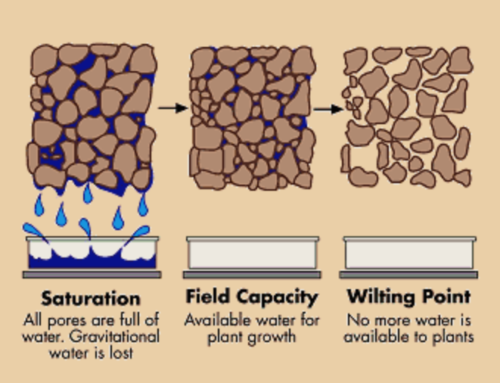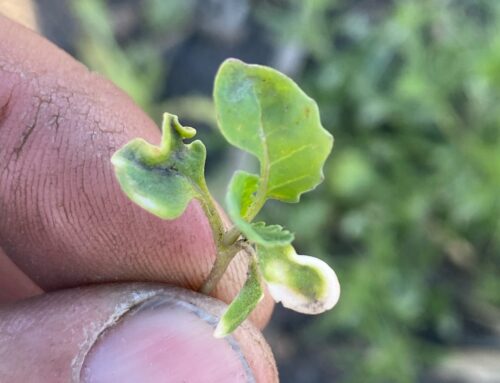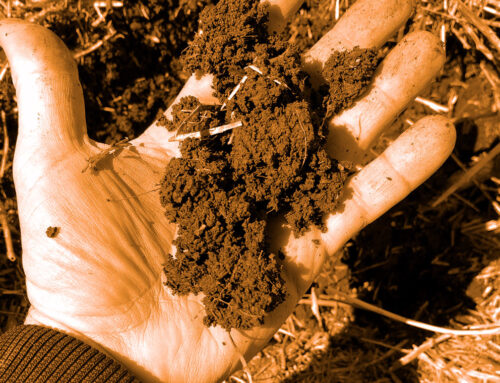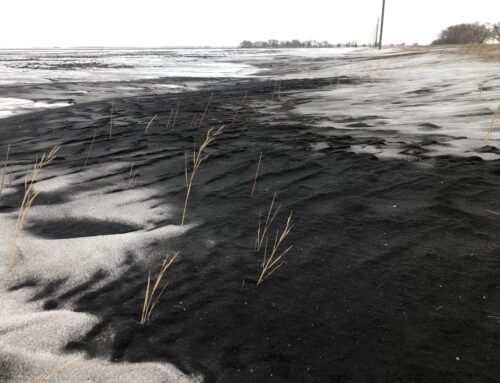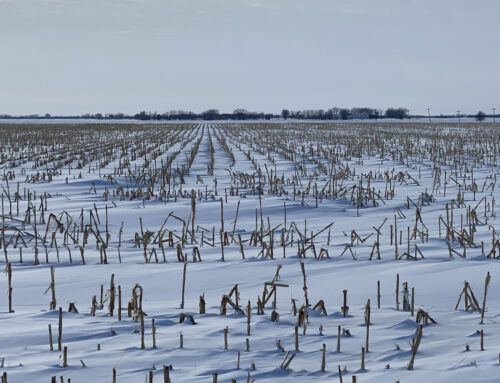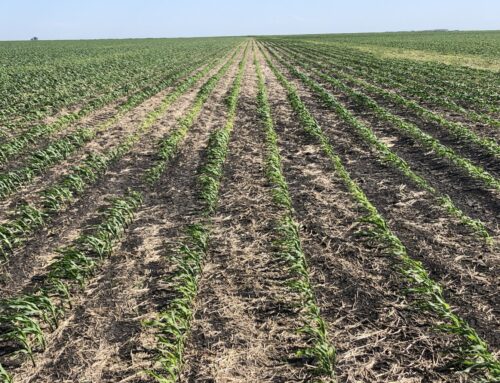Last week I was able to participate in the annual DIRT workshop hosted by NDSU that focusses on soil health. Now, I can almost guarantee that most producers reading this article have heard the term “soil health” but may not be familiar with what these terms mean for them or their farm. Therefore, I have decided to dig deep into this topic over a series of articles and provide answers to questions you may already be asking yourself. This article will be the first in a series discussing soil health and some of what I learnt while attending the workshop.
When I was in university, sitting through my first soil science class, our professor said, “it is not dirt, it is soil” and I honestly did not know what he was talking about. I had always thought of soil as dirt and something your mom did not want you to play in. However, my professor was referring to all the living organisms that inhabit the soil and keep the ecosystem running smoothly.
The health of our soils is the foundation for productive, sustainable agriculture. It is defined as “the continued capacity of soil to function as a vital living ecosystem that sustains plants, animals, and humans” (www.nrcs.usda.gov). This definition describes soil as a living substance, and this is very important, as it reflects a shift in how we think about, and treat, our soils. Recognizing that our soils are not an inert substance, but rather as a host of billions of bacteria, fungi and other microbes that work together to perform functions required to support food production and other forms of life, is a major paradigm shift for many.
“Soil health is not a prescription, but rather a pursuit” – Joe Breker, ND farmer
As part of this paradigm shift, we must be committed to adapting new practices for the long haul, as amendments to the soil do not happen over night. A presenter at the workshop said, “soil health is not a prescription, but rather a pursuit.” This really resonated with me. There is no easy button, and you will not be 100% successful with everything you attempt. Soil health is a convoluted topic and there are many intricacies and connections between parts. When you think about managing your farming operation, you cannot plan for improving soil health without having a large impact on several other management areas. Sustainability and soil health practices are some of the biggest driving forces in today’s crop production industry, so we need to pay attention to the demands of the market and look at ways to capitalize on the opportunities.
Here are a few of the basic tenets of soil health:
- Limit soil disturbance – sometimes we need to move soil; it is inevitable. However, if we can minimize the number of times, or ways, we disturb our soil, we can maintain soil structure which will lead to better water infiltration, encourage earthworm to return and provide room for plant roots to grow. A healthy soil is often described as having 25% of its available pore space filled with water and another 25% with air. Water and air are necessary to sustain both plant and microbial life.
- Keep soil covered – whether it be a perennial, cover crop, volunteers growing after harvest or residue from last year’s crop, keeping the soil covered will reduce wind and water erosion, provide living roots for the microbial ecosystem, and utilize excess moisture with a living plant.
- Expand your rotation – maintaining a wide variety of crops in your rotation will help break disease and weed cycles, limit chemical resistances from developing, and provide a habitat for different pollinators, as well as organisms living in your soil.
Managing for soil health allows producers to work with the land and incorporate specific practices that reduce erosion, maximize water infiltration, improve nutrient cycling, save money on inputs, and ultimately improve the resiliency of their land. I would like to hear about the soil health practices you have incorporated into your operation, so leave a comment below. Keep an eye out for my next article in this series about the dark side of tillage.


